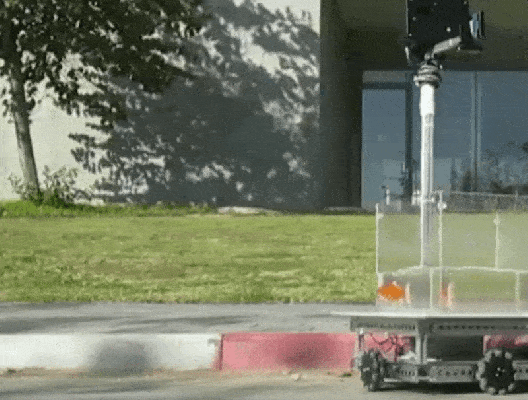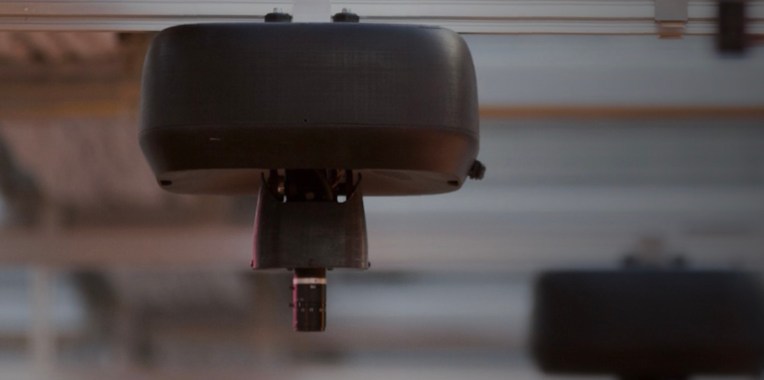The fish is driving again – TechCrunch
Truly there is nothing new under the sun if, when one learns that a goldfish can drive, the immediate response is “again?” But while today’s icthyological innovation may bear superficial, scale-deep if you will, similarity to fish-driven vehicles of yesteryear, there is an important new aspect: in this case, the goldfish has actually learned to drive.
First, for those of you that weren’t paying attention in 2014, there was indeed a goldfish that drove around a little tank, to the delight of the still-innocent world. Using a webcam mounted above the tank, an object detection algorithm tracked the position of the fish and moved the cart on which it was mounted in the direction the goldfish swam in. (I can’t believe I remembered this — I can’t remember my own address.)
Fun, right? But ultimately more of a piscine parlor trick than a serious scientific endeavor. After all, the fish was just swimming around its tank, oblivious to the world and mechanism that moved it about the room.
Now, however, researchers from Ben-Gurion University in Israel have taken it one step further. Using a remarkably similar mechanism, they also detect the position of a goldfish in a tank, and direct the “Fish Operated Vehicle (FOV)” in the direction of the sector it swims to.
But here is where the stories diverge. The researchers then set the goldfish to various tasks that required actively navigating its vehicle around the larger, non-aquatic world. For instance, the fish would start in the center of a room and be given a reward if it went to a red stripe on the side.
Despite the common wisdom that goldfish are particularly lacking in the brains department, they’re actually capable of learning and remembering fairly complex behaviors and situations. But there’s no reason to assume that the creature would be able to understand the more abstract concept of space represented by its tank moving through a larger world by some external means.
Yet as the researchers put it in the abstract to their paper in Behavioural Brain Research:
[The fish] were able to operate the vehicle, explore the new environment, and reach the target regardless of the starting point, all while avoiding dead-ends and correcting location inaccuracies. These results demonstrate how a fish was able to transfer its space representation and navigation skills to a wholly different terrestrial environment.
This suggests that the way even creatures on the order of goldfish get around is not some kind of hard-coded aquatic movement circuit but something more universal, perhaps one that evolved earlier and at a more basic level than we think. Just how abstract or universal is yet to be determined, but it’s an interesting result to be sure.
More importantly, however, it means there’s a pretty good chance that you’ll be able to get a mobile terrarium for your fish, iguana, skink, perhaps even your tarantula, allowing it the freedom of the house without actually letting it slither or scuttle everywhere. (Incidentally, if this idea appeals to you, you might enjoy the story Surface Tension, by James Blish.)




